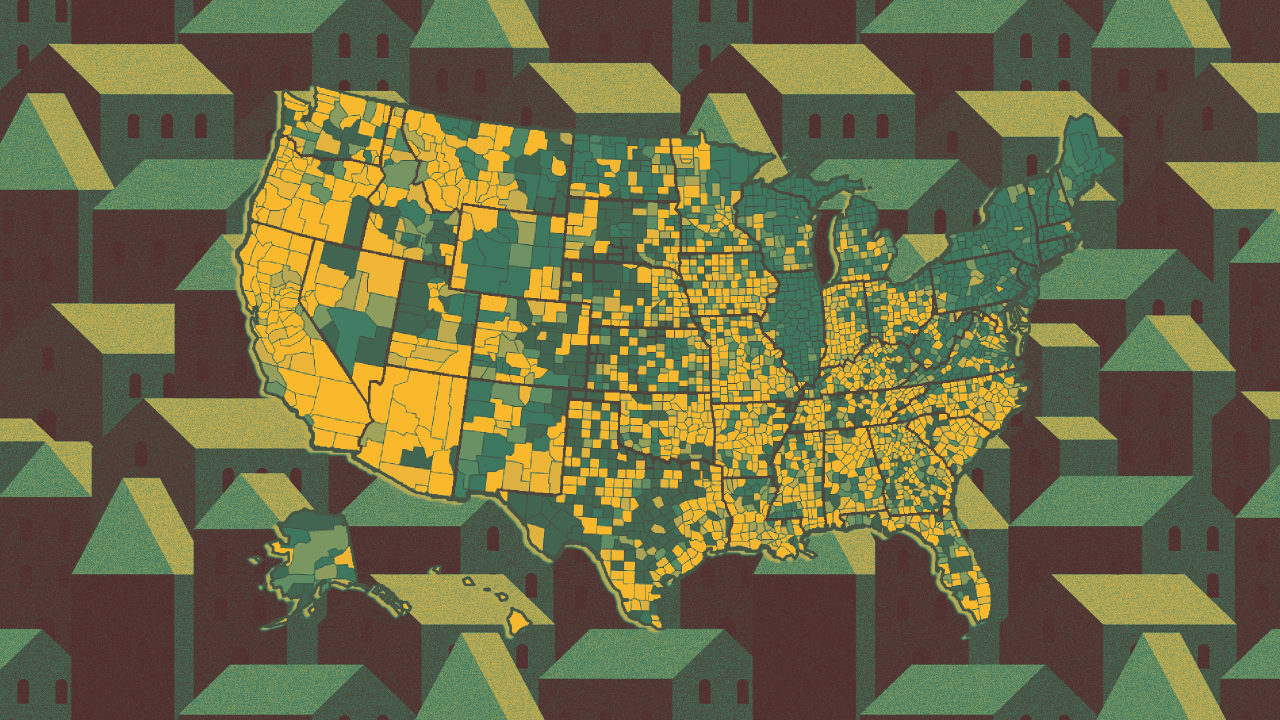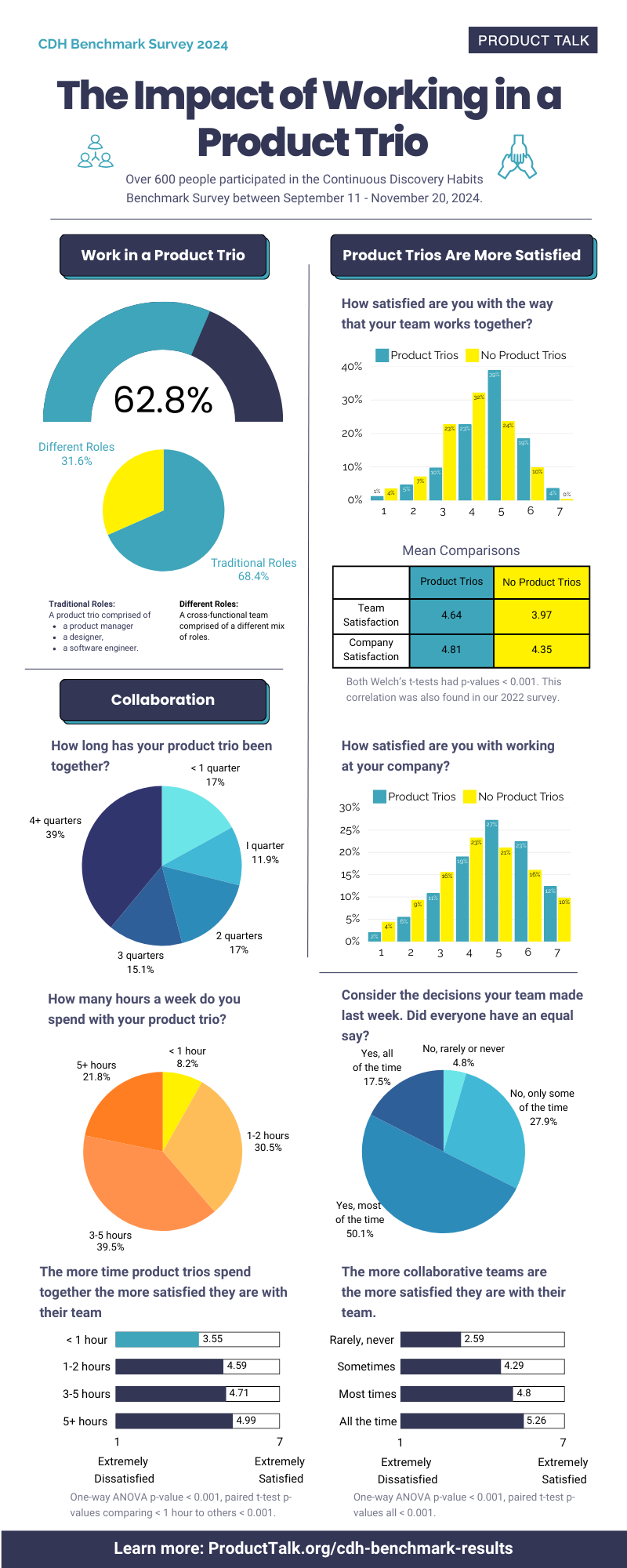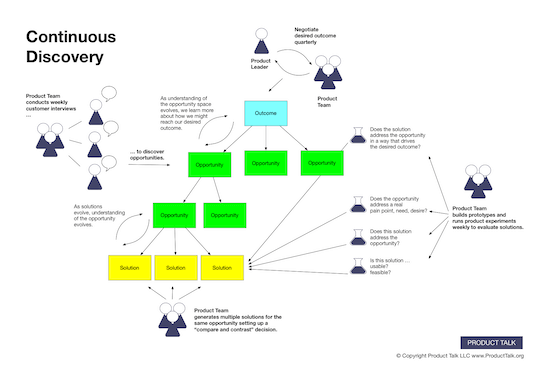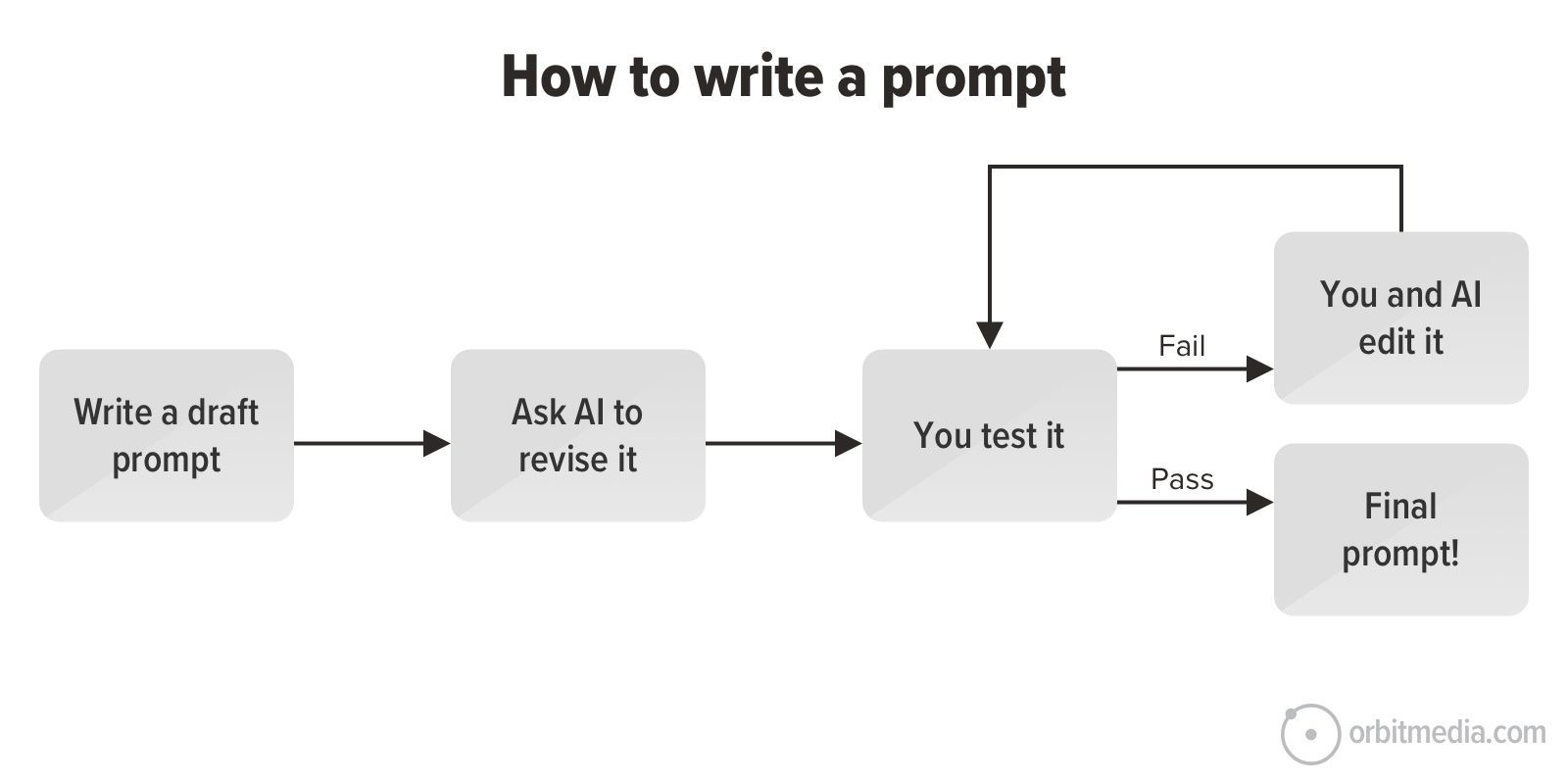The History of Bitcoin: From Pizza Purchase to Global Asset

Bitcoin, the world’s first decentralized cryptocurrency, has come a long way since its mysterious inception in 2009. What started as an obscure digital experiment has evolved into a trillion-dollar asset class, reshaping finance, technology, and even culture. This article explores Bitcoin’s fascinating journey—from its early days as a niche internet curiosity to its current status as a mainstream financial instrument.
The Birth of Bitcoin: Satoshi Nakamoto’s Vision
In October 2008, an anonymous individual (or group) using the pseudonym Satoshi Nakamoto published a whitepaper titled "Bitcoin: A Peer-to-Peer Electronic Cash System." The paper proposed a decentralized digital currency that would operate without intermediaries like banks or governments.
On January 3, 2009, the Bitcoin network went live with the mining of its genesis block (Block 0), which contained a hidden message: *"The Times 03/Jan/2009 Chancellor on brink of second bailout for banks."* This was a direct commentary on the flaws of traditional banking systems, highlighting Bitcoin’s purpose as an alternative financial system.
The First Bitcoin Transaction: 10,000 BTC for Two Pizzas
For over a year, Bitcoin had no real-world value—until May 22, 2010, when programmer Laszlo Hanyecz made history by purchasing two Papa John’s pizzas for 10,000 BTC. At today’s prices, those pizzas would be worth hundreds of millions of dollars, making it the most expensive meal in history!
This event, now celebrated as "Bitcoin Pizza Day," marked the first documented use of Bitcoin as a medium of exchange.
Early Adoption and the Rise of Exchanges
By 2011, Bitcoin began gaining traction among tech enthusiasts and libertarians. Early exchanges like Mt. Gox (launched in 2010) allowed users to trade Bitcoin for fiat currencies, boosting liquidity. However, Bitcoin’s volatility and association with darknet markets (like Silk Road) also attracted controversy.
Despite setbacks—including the 2014 Mt. Gox hack, where 850,000 BTC were stolen—Bitcoin’s resilience proved its staying power.
The 2017 Bull Run and Mainstream Attention
Bitcoin’s price surged in 2017, reaching nearly $20,000 in December. This bull run was fueled by:
-
Growing institutional interest
-
The launch of Bitcoin futures on the CME and CBOE
-
Media hype and retail investor FOMO (Fear of Missing Out)
However, the bubble burst in 2018, leading to an 80% crash. Yet, this cycle of booms and busts became a defining feature of Bitcoin’s maturation.
Institutional Adoption: Bitcoin as "Digital Gold"
The 2020-2021 bull market saw unprecedented institutional involvement. Companies like MicroStrategy, Tesla, and Square added Bitcoin to their balance sheets, while Wall Street giants like Goldman Sachs and Fidelity began offering crypto services.
Bitcoin was increasingly viewed as "digital gold"—a hedge against inflation and economic uncertainty. The 2021 El Salvador Bitcoin Law, making BTC legal tender, further cemented its legitimacy.
Bitcoin Today: A Global Asset Class
As of 2024, Bitcoin remains the dominant cryptocurrency, with:
-
A market cap exceeding $1 trillion at its peak
-
Widespread adoption in DeFi (Decentralized Finance) and NFTs
-
Growing regulatory clarity in major economies
Despite challenges—scalability issues, environmental concerns (due to mining), and regulatory scrutiny—Bitcoin continues to thrive as a symbol of financial sovereignty.
Conclusion: The Future of Bitcoin
From a 10,000 BTC pizza purchase to a trillion-dollar asset, Bitcoin’s journey has been nothing short of revolutionary. Whether as a store of value, a payment system, or a technological innovation, Bitcoin has permanently altered the financial landscape.
As the crypto space evolves, one thing remains clear: Bitcoin is here to stay.
For more insightful articles on finance, technology, and innovation, visit Puzbuz Online—your trusted source for cutting-edge trends and analysis.










































































































![Building A Digital PR Strategy: 10 Essential Steps for Beginners [With Examples]](https://buzzsumo.com/wp-content/uploads/2023/09/Building-A-Digital-PR-Strategy-10-Essential-Steps-for-Beginners-With-Examples-bblog-masthead.jpg)















![How to Use GA4 to Track Social Media Traffic: 6 Questions, Answers and Insights [VIDEO]](https://www.orbitmedia.com/wp-content/uploads/2023/06/ab-testing.png)


































